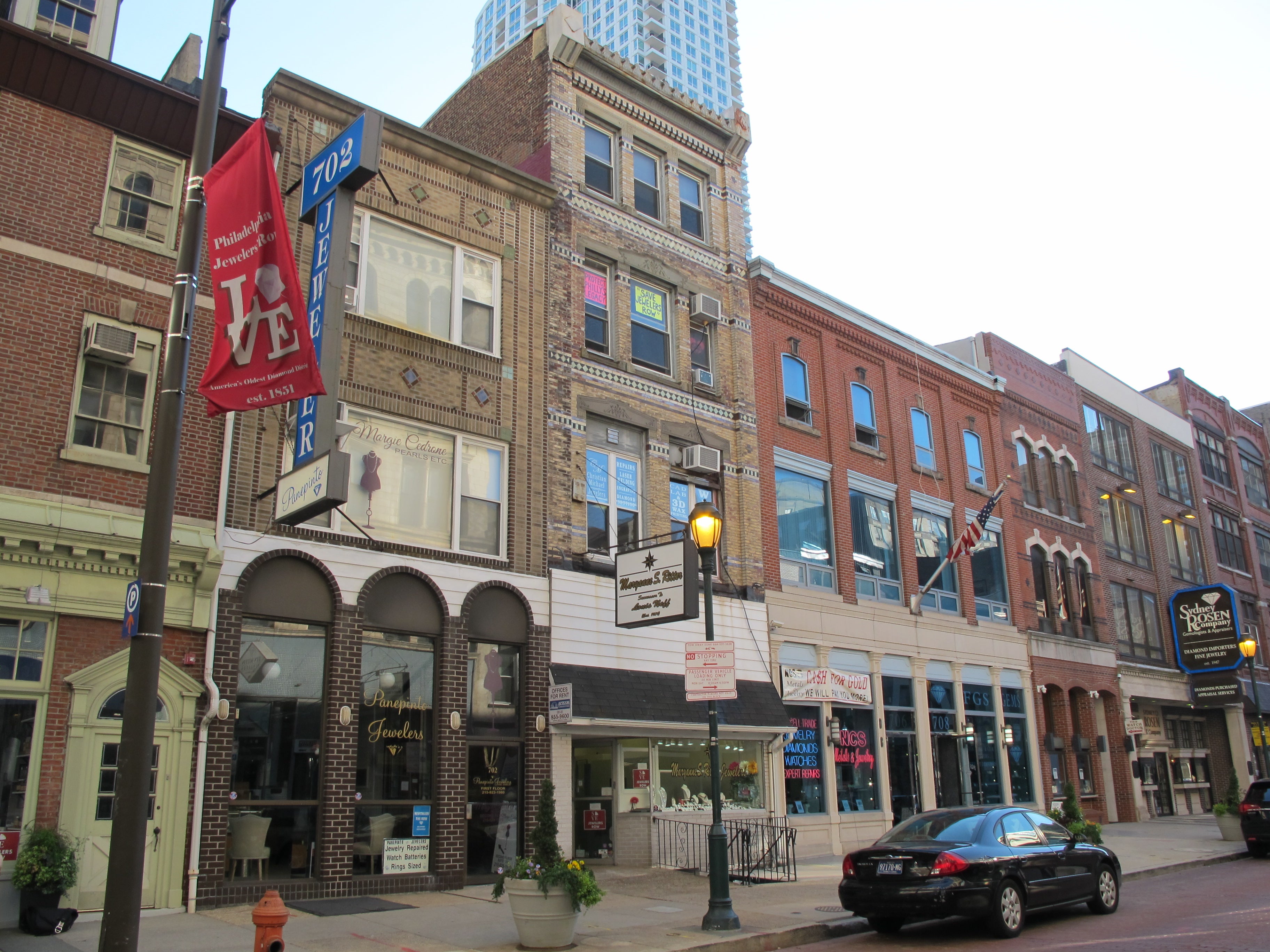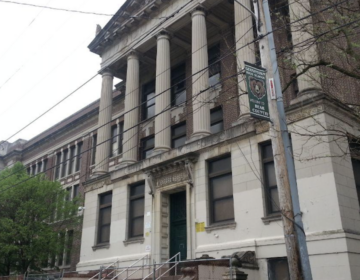Historic preservation task force notes other cities’ policies as it charts its own course

On Thursday, Philadelphia’s Historic Preservation Task Force released an outline of preservation challenges facing the city paired with policies other major American cities have adopted to protect notable aspects of their built environments.
An accompanying best practices research paper from the National Trust for Historic Preservation shows that Philadelphia policymakers have plenty of options from which to choose. But 15 months after the announcement of the task force’s formation, it still isn’t clear which options its members are leaning toward.
The task force itself will be releasing a white paper on relevant national best practices in late August. A third and final white paper offering recommendations is expected to be released in the fall.
“We are halfway through the research, but if you look at it carefully you can begin to see where it is going,” said Harris Steinberg, who heads the task force. Three main areas of interest are repeatedly attracting its attention, he said.
One is a lack of preservation capacity in most of the city’s neighborhoods, which means that advocacy is often bottled up in a handful of more-affluent areas. The National Trust’s suggestions on this score include vague guidance (staff need to be “outgoing”) and more prosaic goals that would require additional investment in the city’s Historic and Planning Commissions.
The authors note that in Washington, D.C., historic commission staffers regularly attend neighborhood meetings, and suggest that Philadelphia commit to a similar level of outreach. That might strain the miniscule Historical Commission staff, but it could work if preservation goals are highlighted by Planning Commission staffers who already focus on particular corners of the city and spend a lot of time in the neighborhoods.
In addition, Steinberg said, he wants to focus on the role of city agencies beyond the obvious players.
Currently, the Historical Commission is under the aegis of the Department of Planning and Development, along with the Planning Commission, the Redevelopment Authority, and the Zoning Board of Adjustment’s staff. He said that means there should be better coordination among those bodies to head off situations like the one that occurred with Jewelers’ Row, in which the iconic block of commercial properties was never re-mapped to reflect its low-rise commercial nature after the zoning overhaul of 2012.
The third area Steinberg sees as an emerging focus of the task force stems from the persistent calls for an inventory of the city’s historic resources.Two cities even larger than Philadelphia have conducted such efforts, Chicago and Los Angeles, but they unfolded over the course of years, and in the latter case were aided by a large donation from the Getty Foundation.
“Is it possible to do a survey of the scale and scope Los Angeles did with Getty money?” Steinberg asked. “These things take decades and enormous resources and are outdated almost as soon as they are started. But with so much digital tech available, there may be ways for us to stay on top of that.”
The National Trust’s paper elaborates on other issues that don’t fall into Steinberg’s big three categories. The report offers an array of proposals that would make preservation regulations more flexible and less onerous for property owners, as well as ideas for making adaptive reuse more lucrative.
Today, Philadelphia has almost no local incentives to promote preservation or adaptive reuse. But both developers and preservationists have said that several recent ugly battles — such as the clash over Christian Street Baptist Church — could have been avoided if the city had provided any proactive alternatives.
Cities across the country offer breaks on open-space requirements, setback standards, and permitting fees to those who preserve historic buildings. Relaxing or eliminating mandatory parking minimums for adaptive-reuse projects is a popular option, used in cities including Baltimore, Buffalo, New Orleans, Chicago, and Portland, Ore., the report says.
Several specific incentive programs are praised in the National Trust’s paper, including the Los Angeles Adaptive Reuse Ordinance, which grants preservation-minded developers a break on some zoning requirements and offers an expedited permitting process. Between 1999 and 2013, the program facilitated the creation of 14,000 residential units in downtown Los Angeles, initially its sole focus. It has since been expanded into the neighborhoods.
Baltimore’s Vacants to Value (V2V) initiative also is singled out for praise. The program streamlines the disposition of vacant houses in “middle market” neighborhoods, then provides supporting grants and technical assistance to those who want to rehab and live in the homes. V2V has resulted in the rehabilitation of 300 units a year since 2013 and reduced the number of city-owned vacant homes by 600, even as the overall number of abandoned homes in Baltimore has grown.
The National Trust paper’s authors speculate on the possibility of preservation-oriented zoning bonuses. But they warn that Philadelphia already offers an array of such bonuses for affordable housing, green roofs, and public space.
“Our research suggests that market-based incentives for historic preservation are most successful when they do not compete with a wide range of other incentives,” the paper concludes.
The authors go on to note that zoning incentives are unlikely to be fruitful if the Zoning Board of Adjustment continues to offer relief to the vast majority of those who petition it. The board grants more than 90 percent of the variances that are sought.
“So many variances are approved in Philadelphia without any incentives,” said Seri Worden, a task force member and a field officer for the National Trust. “That’s not the case in other cities.”
In an interview, Steinberg said he would not comment on critiques of the task force itself. Critics have argued that it is bloated — there are a couple dozen members — and that the process has been meandering thus far. At one March meeting over a year after the process began, task force members went around in a circle discussing the definition of “preservation” in Philadelphia.
Steinberg said only that the task force is working hard, and that he believes it to be in a good place moving toward the final report.
*This article has been edited to clarify the when the task force’s remaining white papers will be released and to correct the source of the documents attached below.
WHYY is your source for fact-based, in-depth journalism and information. As a nonprofit organization, we rely on financial support from readers like you. Please give today.







